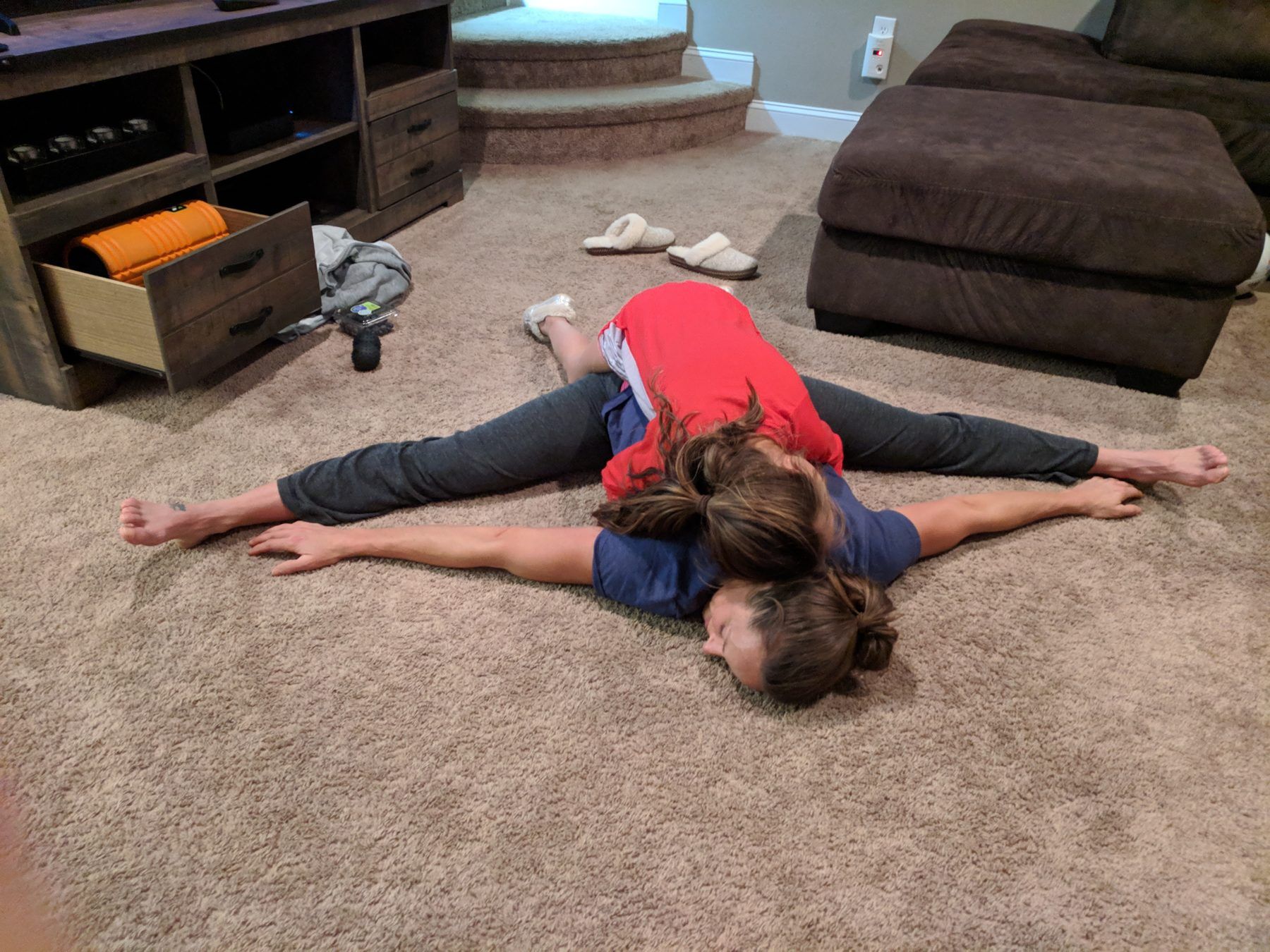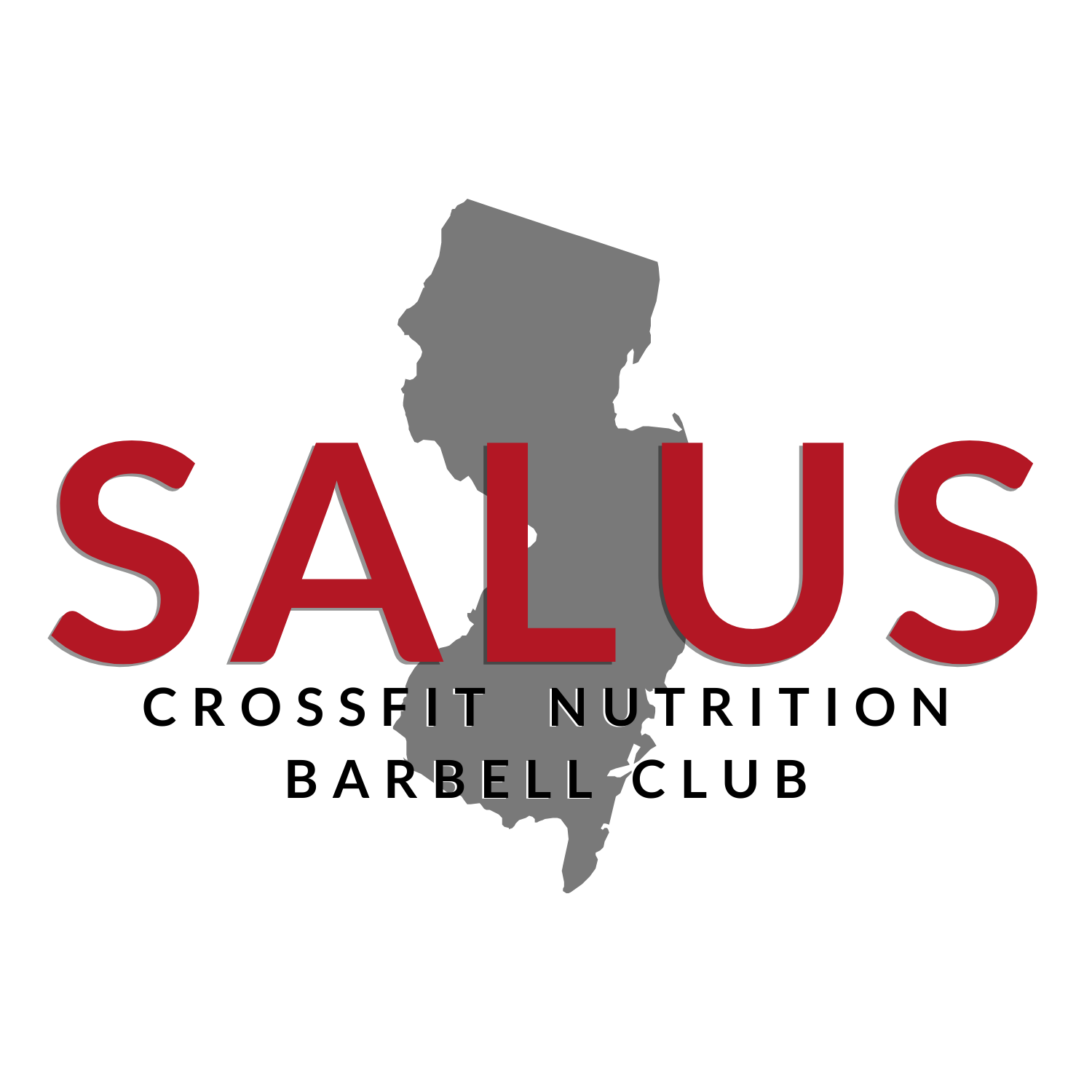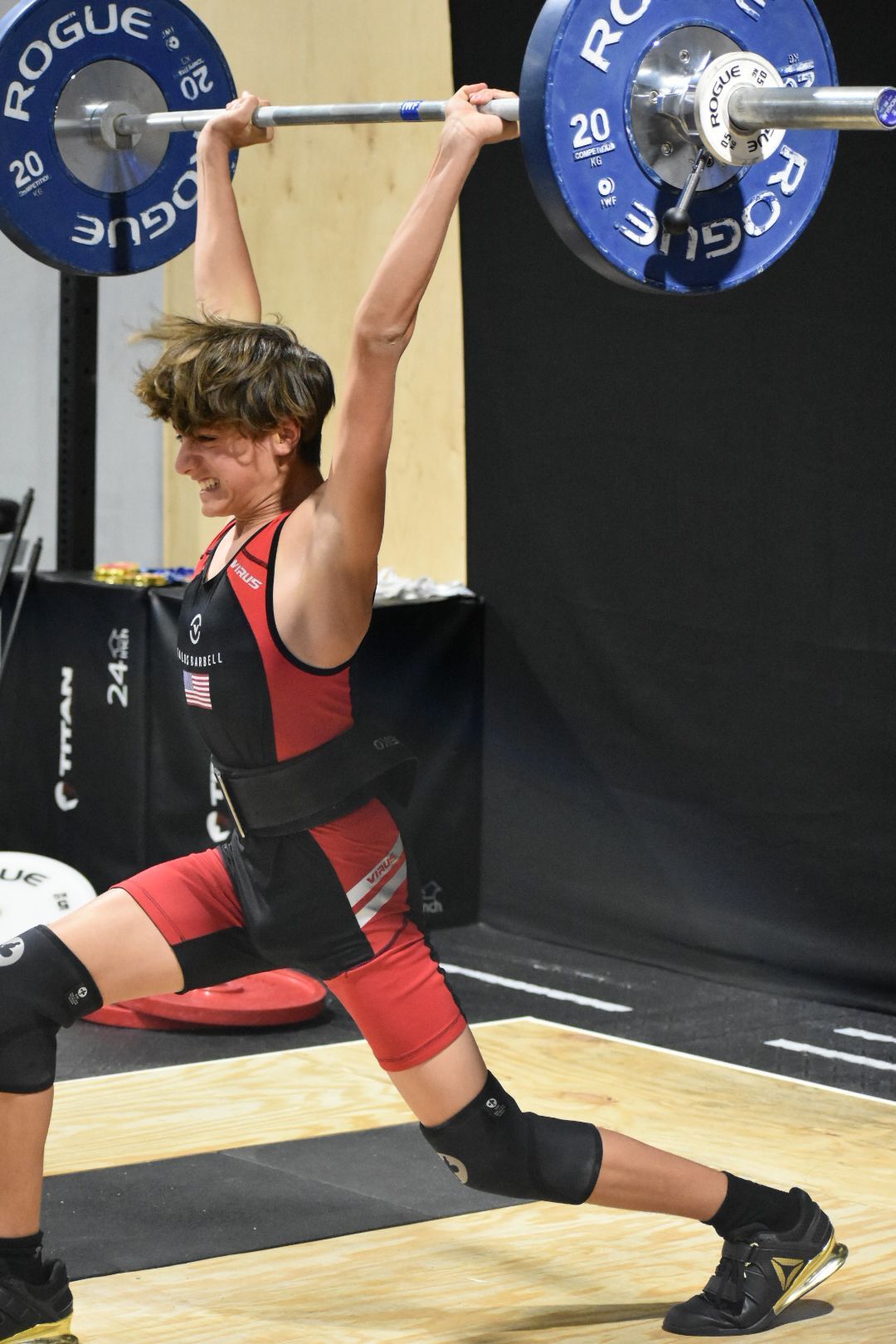Why Should You Take a Rest Day?
Incorporating a rest day after exercise is essential to achieving performance goals, weight-loss or weight-gain goals, improving energy, sleep and much, much more. But, make sure it’s about recovery…not just rest.
What is a Rest Day?
A rest day is when the body repairs, rebuilds and strengthens itself in the time between workout days. Incorporating recovery time is important because this is the time that our bodies adapt to the stress of exercise; and allows our body to replenish energy stores and repair damaged tissues.
What Happens During a Rest Day?
Sometimes we take on a: “I must work out every day” mindset and completely forget that one of the most important parts of exercising effectively is giving our bodies time to recover.
But, continuous training can actually make us weaker, and increase the chance for injury. Exercise or any other physical work creates stress on the body such as:
- Metabolic stress that comes from depleting the energy stored in individual muscle cells (muscle glycogen)
- Mechanical stress created by physical damage to the structures of muscle proteins (muscle tissue breakdown)
- Fluid loss
- Even mental fatigue (that can lead to burnout)
That’s why we want to give our muscles (and our mind) a chance to come back stronger through recovery strategies.
A rest day allows tissue repair to occur .
Without enough time to repair and replenish, our body will continue to breakdown from exercise. This can lead to overtraining.
Signs of Overtraining
A common mistake of those new to exercise, and even among the experienced athletes, is to workout too hard, too long… too often. They feel guilty about taking a day off, as if they were to lose momentum, and end up over-training in the process.
Overtraining often occurs from a lack of recovery time.
Signs of overtraining include:
- Feeling fatigued (more than usual)
- Experiencing a lack of motivation to exercise
- Feeling unmotivated to be active throughout the day
- Noticing a decrease in performance
- Experiencing unexplained weight loss/weight gain
- Noticing the first stages of a nagging injury
- And, if we were able to look at someone’s insides, we might also notice that their inflammatory markers are elevated, their connective tissues aren’t healing and their hormones are going haywire (ex: cortisol going up).
In short, lack of recovery can have wide-ranging effects. When it comes to exercise, sometimes less is more.

Your Ideal Rest Day Should Be an Active Recovery Day
Rest day should really be more like an active recovery day. The point is to do some sort of movement that is less intense than your regular workout days, but encourages blood flow.
Why?
- Moving your body at a lower intensity will help boost recovery rates from your previous workouts by encouraging blood flow to your muscles and tissues.
- That added circulation also helps deliver nutrients (like amino acids and oxygen) to muscles to aid in repair.
- Active recovery is also helpful to flush out waste products (like lactic acid and hydrogen ions) that have built up during your workouts and are known to contribute to muscle damage, fatigue and delayed onset muscle soreness (DOMS).
- On top of all that, active recovery days offer a refreshing mental break from intense training.
Plan Your Recovery Day
Then, the question becomes, what should you do on an active recovery day.
A recovery day should be planned like a training day. It’s not a day to lounge on the couch all day. Think of it more like an active recovery day.
That could be any activity that is relaxing and energizing and that is parasympathetic dominant (often referred to as “rest and digest” as opposed to sympathetic activities that are “flight or flight”, like an intense workout).
These can include:
- Mobility
- Yoga or stretching
- Walk or an easy jog
- Light hip and core exercises
- Meditation
- Other recovery protocols such as: heat/ice, stim, massage, compression, etc.
Generally, an active recovery day features activities that reach about 60 to 70 percent of your maximum effort. In other words, keep the intensity low to moderate.
That being said, remember to listen to your body and give it a break when it needs one. If you need a complete rest day, take it.
Other Factors At Play for Optimizing Recovery
Sleep
Sleep is essential. Not just on rest day.
Not to completely sound like a broken record, but if you’re not sleeping well, fix that first. Sleep is really a very powerful element to recovery.
In general, one or two nights of poor or little sleep won’t have much impact on performance, but consistently getting inadequate sleep (less than 7-8 hours) can result in subtle changes in hormone levels, particularly those related to stress, muscle recovery and mood.
Everyone’s needs are a little different, but some research indicates that sleep deprivation (less than those 7 hours) can lead to increased levels of cortisol (a stress hormone), decreased activity of human growth hormone (which is active during tissue repair), and decreased glycogen synthesis. Other studies link sleep deprivation with decreased aerobic endurance and increased ratings of perceived exertion.
Get your sleep tonight. Try this:
Set a night time alarm – one an hour before ‘bedtime’ to remind you to turn off your blue-light devices and another fifteen minutes before it’s time for your head to hit the pillow.

Nutrition
Eat better to improve recovery? You bet!
Another major part of recovery has to do with replenishing energy stores and fluids lost during exercise. This means eating whole, nutrient-dense, unprocessed foods in your post-workout meal and ensuring you’re staying hydrated. Eating whole foods with herbs and spices can also help to moderate inflammation, assisting in recovery.
If you’re training hard, it’s important to refuel the machine (your body) for repair and recover and also prepare it for the upcoming workout tomorrow. Now is not the time to drastically restrict your food intake. At Salus Nutrition, we take a holistic approach and analyze each client’s situation to provide an individualized solution. Everyone is different when it comes to rest day vs training day macronutrient needs, but generally many clients do well with a consistent amount of fuel throughout the week.
When it comes to supplements, remember that supplements are designed to be supplemental: in addition to the fundamentals of proper nutrition. If you insist on pounding your body in the gym and your body is crying for a recovery day, a supplement probably won’t prevent further damage. Supplements aren’t formulated to fix stubbornness.
However, if you’ve tried the basic rest and recovery strategies consistently for several weeks and your body is still feeling trashed, consider supplementing.
Mental
Studies show that pain perception can be affected by stress, stage of the menstrual cycle (for women), and individual tolerance. Incorporating a recovery day is not only important for our bodies, it also is beneficial to help refresh our minds and destress.
Go ahead and roughhouse with your kids in the yard, take a walk or pick up a pen and start journaling.
The point is to give your mind time to chill out, break out of your routine and appreciate your day off. You’ll come back feeling mentally recharged and highly motivated.
How Many Recovery Days Do I Need?
The number of recovery days you need will depend on how intensely you’re training, your age, fitness level, etc.
Paying attention to how your body feels and how motivated you are is extremely helpful in determining your rest day and recovery needs and modifying your training program accordingly. Some people do well with a 3 days on, one day off cycle. Others prefer a 5 days on, two days off. It’s all very individualized.
It is this balance that takes us to a higher level of fitness. The greater the training intensity and effort, the greater the need for active recovery.
The post Why Should You Take a Rest Day? appeared first on Salus.





